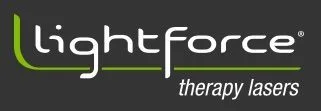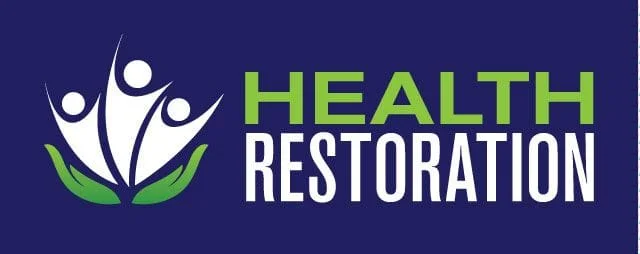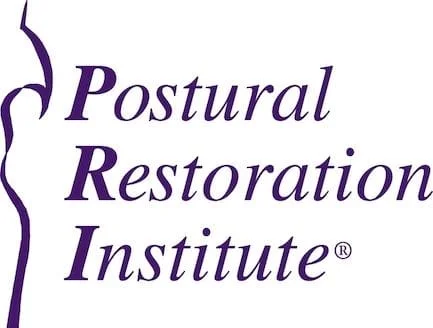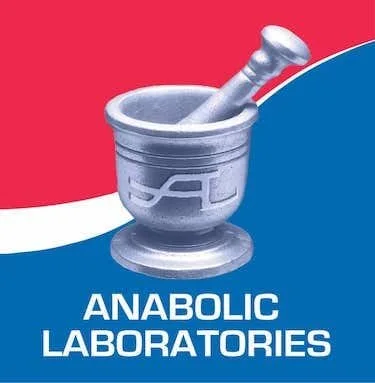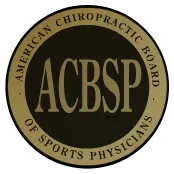Low Back Pain Clinical Practice Guidelines
Noninvasive Treatments for Acute, Subacute, and Chronic Low Back Pain: A Clinical Practice Guideline From the American College of Physicians. Published 2017
"Given that most patients with acute or subacute low back pain improve over time regardless of treatment, clinicians and patients should select nonpharmacologic treatment with superficial heat (moderate-quality evidence), massage, acupuncture, or spinal manipulation (low-quality evidence)."
"For patients with chronic low back pain, clinicians and patients should initially select nonpharmacologic treatment with exercise, multidisciplinary rehabilitation, acupuncture, mindfulness-based stress reduction (moderate-quality evidence), tai chi, yoga, motor control exercise, progressive relaxation, electromyography biofeedback, low-level laser therapy, operant therapy, cognitive behavioral therapy, or spinal manipulation (low-quality evidence)."
Low Back Pain and Sciatica in over 16s: Assessment and Management. National Institute for Health and Care Excellence. Published 2016.
"Consider manual therapy (spinal manipulation, mobilisation or soft tissue techniques such as massage) for managing low back pain with or without sciatica, but only as part of a treatment package including exercise, with or without psychological therapy."
Low Back Pain Clinical Practice Guidelines Linked to the International Classification of Functioning, Disability, and Health from the Orthopaedic Section of the American Physical Therapy Association. Published 2012.
"Clinicians should consider utilizing thrust manipulative procedures to reduce pain and disability in patients with mobility deficits and acute low back and back-related buttock or thigh pain. Thrust manipulative and nonthrust mobilization procedures can also be used to improve spine and hip mobility and reduce pain and disability in patients with subacute and chronic low back and back-related lower extremity pain. (Recommendation based on strong evidence)"
"Clinicians should consider utilizing trunk coordination, strengthening, and endurance exercises to reduce low back pain and disability in patients with subacute and chronic low back pain with movement coordination impairments and in patients post lumbar microdiscectomy. (Recommendation based on strong evidence.)"
Cervical Spine Clinical Practice Guidelines
Neck Pain: Clinical Practice Guidelines Linked to the International Classification of Functioning, Disability, and Health From the Orthopedic Section of the American Physical Therapy Association. Published 2008.
"Clinicians should consider utilizing cervical manipulation and mobilization procedures, thrust and non-thrust, to reduce neck pain and headache. Combining cervical manipulation and mobilization with exercise is more effective for reducing neck pain, headache, and disability than manipulation and mobilization alone. (Recommendation based on strong evidence).
"Clinicians should consider the use of coordination, strengthening, and endurance exercises to reduce neck pain and headache. (Recommendation based on strong evidence)."















